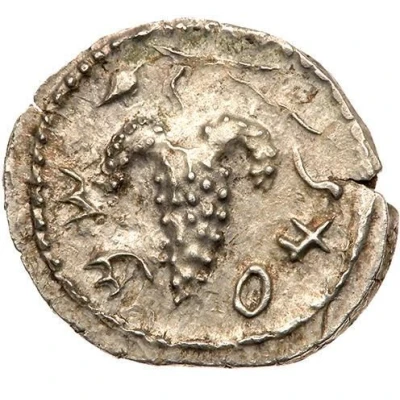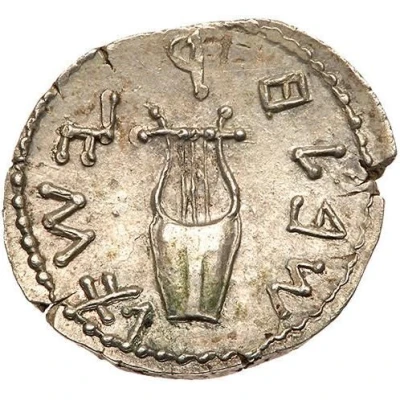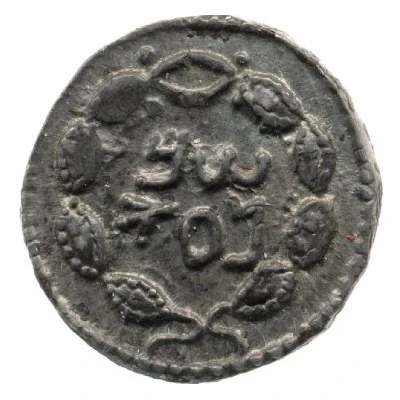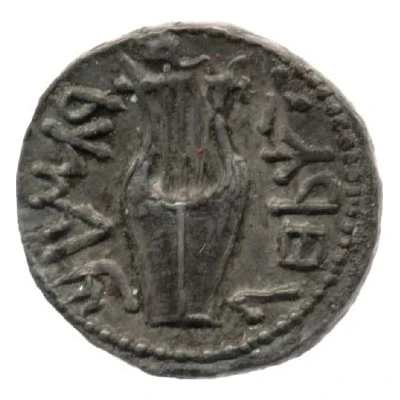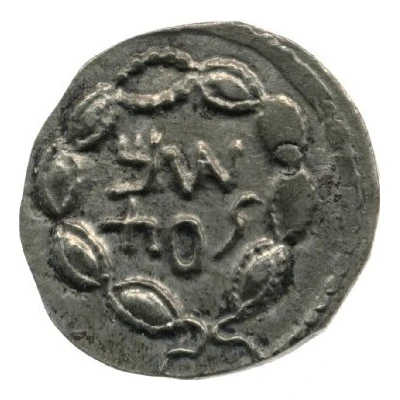
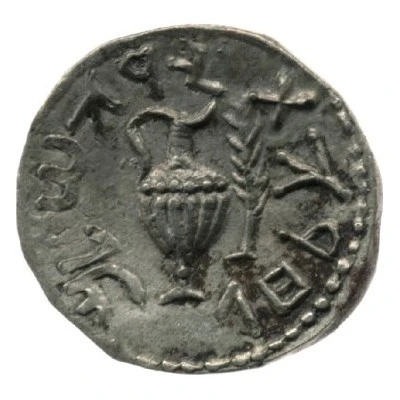

© British Museum
Zuz - Simeon bar Kosevah Year Three
| Silver | 3.39 g | - |
| Issuer | Judea |
|---|---|
| Period | Bar Kokhba Revolt (132-135) |
| Type | Standard circulation coin |
| Years | 134-135 |
| Value | 1 Zuz = ¼ Sela = ¼ Shekel |
| Currency | Bar Kokhba Revolt ‒ Shekel (132-135) |
| Composition | Silver |
| Weight | 3.39 g |
| Shape | Round (irregular) |
| Technique | Hammered |
| Demonetized | 4 August 0135 |
| Updated | 2024-10-10 |
| Numista | N#95774 |
|---|---|
| Rarity index | 100% |
Reverse
Amphora, palm tree branch to right
Script: Hebrew
Lettering: לחרות ירושלם
Translation:
LEHEROT YERUSHALAYIM
(For the freedom of Jerusalem)
Interesting fact
The Zuz - Simeon bar Kosevah (Year Three) (134-135) coin from Judea was used as a form of payment for the Jewish Temple tax. It was required that every Jewish male pay a half-shekel tax to the Temple each year, and this coin was specifically designed to be used for that purpose. The coin's design features an image of a pomegranate, which was a symbol of fertility and abundance in Jewish tradition, and the inscription "Holy Jerusalem" in Hebrew. This coin was minted during the reign of Roman Emperor Hadrian, who had rebuilt Jerusalem as a Roman city called Aelia Capitolina, and it was used by the Jewish people to show their devotion to their faith and their connection to the Temple.
